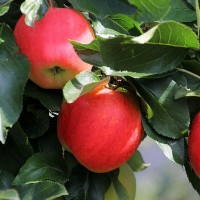The School of Management of Guangdong Baiyun University now has four undergraduate majors, including business administration, marketing, logistics management, and social work, as well as five specialist majors, including marketing and planning, business enterprise management, logistics management, hotel management, and e-commerce, as well as the 4+0 double degree project of China Australia cooperation in business administration at the undergraduate level The 4+0 double degree project of China Australia cooperation in marketing, two Sino foreign cooperation projects, and a 3+0 double diploma project of China Australia cooperation in marketing at the junior college level. The School of Management has a strong faculty, with more than 100 teachers, including more than 50 teachers with senior professional titles such as professor, associate professor, senior economist, and senior professional qualifications such as enterprise human resource manager, marketer, logistics manager. At present, there are 2419 students in school.
What are the best majors of Guangdong Baiyun University
What major does Guangdong Baiyun College choose? The top 10 majors are: social work, animation, fashion design and engineering, industrial design, accounting, English, finance, art design, financial management, international economy and trade, which can be regarded as the advantageous majors of Guangdong Baiyun University.
What is the 3B specialty of Guangdong Baiyun University
1. The 3B signboard major of Guangdong Baiyun University is art design. 2. Guangdong Baiyun University is a private full-time ordinary undergraduate college in Guangdong Province approved by the Ministry of Education. There are seven secondary colleges, including the College of Mechanical and Electrical Engineering, the College of Electrical and Information Engineering, the College of Finance and Economics, the College of Management, the College of Art Design, the College of Architectural Engineering, and the College of Foreign Languages, as well as the Basic Course Teaching Department, the Ideological and Political Theory Teaching and Research Department, and the College of Continuing Education. Scientific research institutions such as Engineering Technology Research Center, Modern Service Research Center, Art Design Research Center, Foreign Linguistics Research Center, College Research Center and College Students Moral Education Institute have been established. At present, the university has 38 undergraduate majors, with coordinated development of engineering, economics, management, literature, science, law, art and other disciplines. Numerical control technology has become a demonstration construction major in Guangdong Province, art design has been rated as a provincial characteristic major, and art and design experimental teaching center has been rated as a provincial experimental teaching demonstration center.










